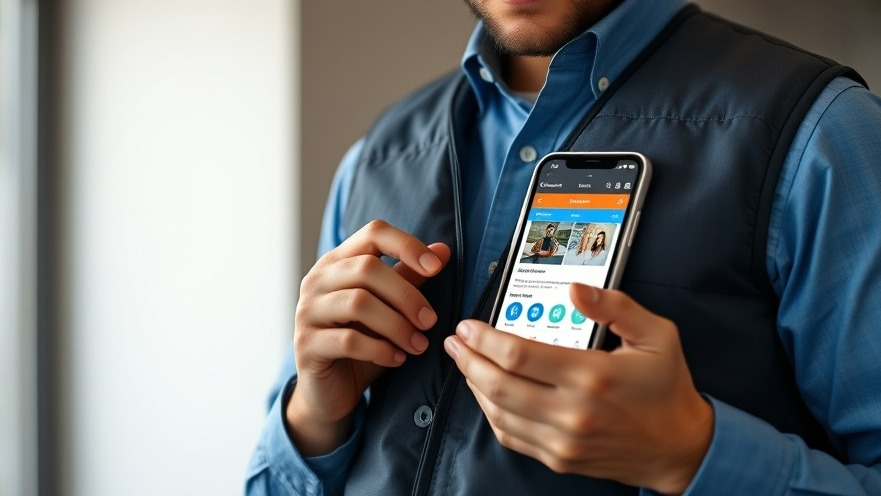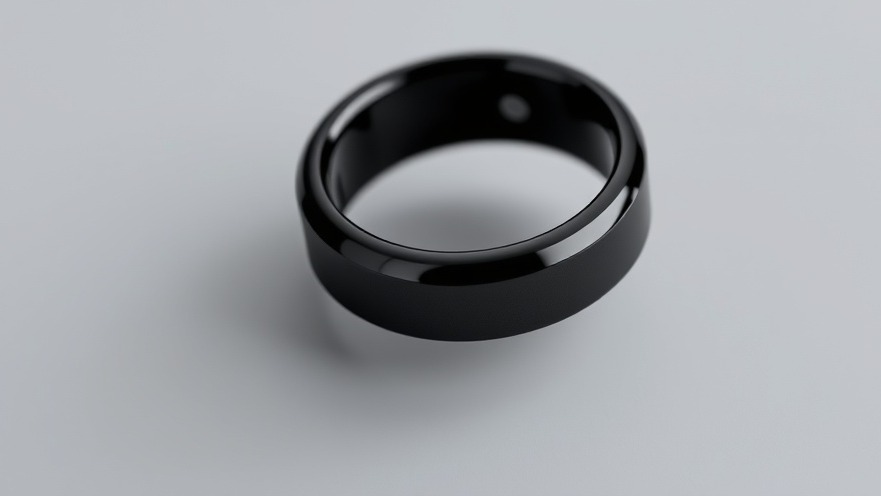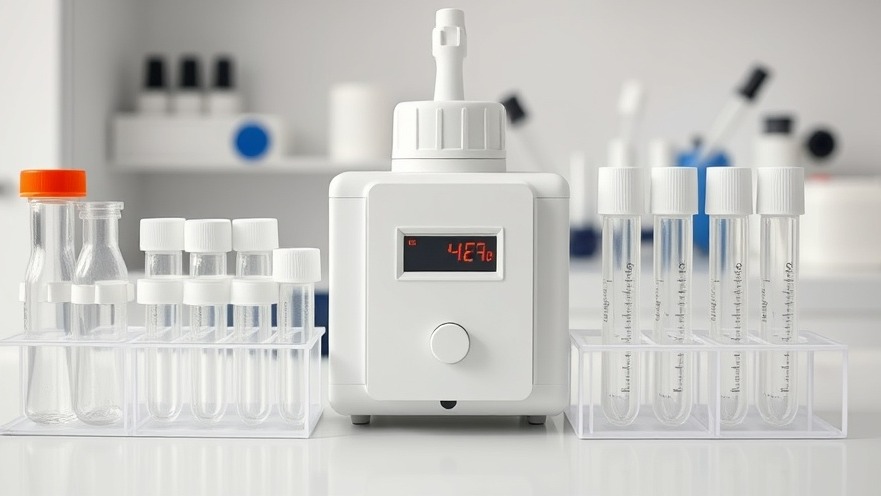
How Technology is Transforming Stroke Rehabilitation
Recent advances in technology are revolutionizing the way we approach stroke rehabilitation, making it more efficient and accessible. A new applications developed by Brazilian researchers exemplifies this innovation. This mobile app, which employs accelerometer sensors, is designed to assist stroke survivors suffering from hemiparesis—a condition characterized by weakness on one side of the body, impairing posture and daily activities.
The Importance of Posture in Stroke Recovery
Maintaining correct posture is vital for stroke survivors. After a stroke, individuals often struggle with body awareness and trunk control, which can lead to physical discomfort and hinder daily activities such as walking, cooking, or even climbing stairs. The app aims to tackle these challenges by providing users with real-time feedback about their posture through voice commands, vibrations, and visual cues, promoting better alignment and awareness.
The Need for Personalized Rehabilitation Tools
Dr. Amanda Polin Pereira from the Federal University of São Carlos emphasized that effective rehabilitation tools cannot be one-size-fits-all. Instead, they must cater to individual needs, integrating feedback from therapists and patients to be truly effective. The new app represents a collaborative effort, combining insights from occupational and physical therapists, ultimately creating a invaluable resource for both patients and practitioners.
Complementing Traditional Therapy with Apps
This app is not without its peers in the digital space; various other applications are also designed to enhance rehabilitation practices. For instance, apps like Calm and Rehabit focus on mental well-being and establishing healthy routines essential for recovery. Stroke survivors often experience emotional changes, making the meditation features of Calm particularly beneficial for managing anxiety and sleep disorders that can follow after a stroke.
Augmenting Neuroplasticity Through Consistency
The essence of rehabilitation after a stroke lies in canvassing neuroplasticity—the brain's capacity to reorganize itself. Using technology, such as the described application, to facilitate rehabilitation can help ensure that patients engage in their therapy consistently, which is crucial for reinforcing neural pathways. Using apps not only keeps the recovery process engaging; it also provides accessible methods for practice that can be integrated into daily life.
Future Trends in Stroke Rehabilitation
As we continue to see the integration of technology in healthcare, it's clear that applications will only become more sophisticated, catering to a broader range of rehabilitation needs. For health practitioners, keeping abreast of such innovations is imperative. These technologies do not just supplement clinical interventions; they offer complementary pathways for patients unable to attend traditional therapy sessions due to various reasons, including insurance constraints.
Potential Impacts on Patient Engagement
Engaging stroke survivors in their own recovery journey is essential. When patients actively participate and track their progress, they often feel more empowered, which can significantly impact recovery outcomes. The routine use of such applications in rehabilitation settings may encourage patient autonomy and promote a sense of community among users, fostering support networks that go beyond just therapy sessions.
Embracing Innovations in Patient Care
For health practitioners aiming to provide the best patient care, incorporating these technologies is vital. Not only does it reflect adaptability to new treatment modalities but it also ensures that patients have access to useful resources that can facilitate their rehabilitation journey. As this app continues to be refined through patient and therapist feedback, it stands to be a significant player in the future of stroke rehabilitation.
In conclusion, embracing innovative tools like the new mobile application offers immense potential for stroke recovery. It enhances traditional rehabilitation approaches, providing personalized, real-time feedback that fosters patient involvement and supports therapists in delivering efficient care. For practitioners eager to enhance their practice, exploring new technologies should be a priority for the well-being of their patients.
 Add Row
Add Row  Add
Add 






Write A Comment